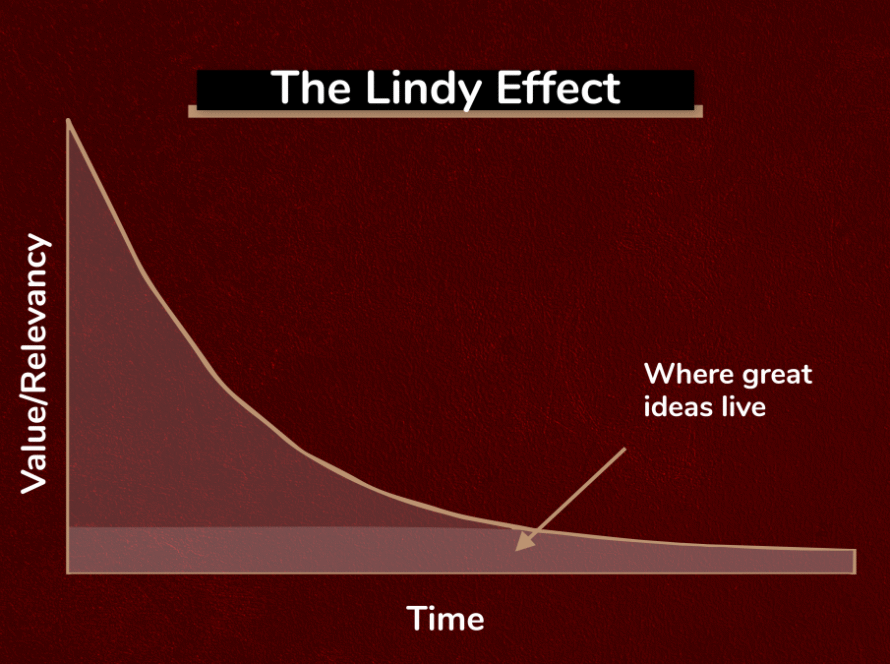Introduction:
In the exhibition industry, understanding and addressing exhibitor churn rate is crucial for ensuring the long-term success of any event.
Especially today, when there is strong enthusiasm for events, it is highly important to have a clear understanding of this KPI and to establish the right procedures to guide the proper action in preventing exhibitors from leaving.
Based on my experience, I am aware that many exhibitions organizers do not measure this performance metric, primarily because they often do not interact directly with exhibitors, as agencies and intermediaries act as middlemen.
In this article, I will discuss the importance of measuring churn rate, highlight key elements of customer churn risk, and provide insights into implementing a clear procedure to prevent and address exhibitor churn rate in the trade fair industry.
The Importance of Measuring Churn Rate
Let’s start from the beginning: Churn rate refers to the percentage of exhibitors who leave or do not return to an event in a given period.
It serves as an indicator of customer experience and can provide valuable insights for exhibitions organizers to understand the performance and growth potential of their event.
A high churn rate can indicate significant issues to consider with the event, starting with impacting its reputation and profitability. Therefore, measuring churn rate and taking action to reduce it is essential for the success of any trade fair.
Key Elements Related to Customer Churn Risk
Due to the “long” lifecycle of trade fair industry events (one event per year or even every two years), identifying early signals of exhibitor churn is critical for timely action and preventing further damage. Here are some key elements of customer churn signals:
A. Decreased engagement:
Exhibitors who become less involved in the event (e.g., compared to their previous experience), such as reduced communication in pre-event activities, might be at risk of leaving in the future edition.
B. Poor engagement at the event:
Negative feedback or very low engagement during the event, or complaints about organization/facilities for basic things, is an important signal of potential churn risk.
C. Changes in business objectives:
Exhibitors who have shifted their focus or target audience may no longer find the event advantageous, increasing the likelihood of churn.
D. Increased competition:
The presence of many other exhibitors at events may lead exhibitors to explore alternative options.
E. Financial constraints:
Exhibitors facing budget cuts or financial difficulties might not be able to participate in future events, contributing to churn.
Implementing a Clear Procedure to Prevent Churn Rate
To effectively address and prevent exhibitor churn rate, exhibitions organizers must implement a clear procedure that may include the following steps:
A. Regularly measure churn rate:
Establish a system to monitor and consistently calculate exhibitor churn rate.
B. Improve communication channels:
Enhance direct communication with exhibitors by appointing dedicated account managers or creating communication that bypasses the intermediary to better and directly understand exhibitors’ needs and concerns.
C. Monitor exhibitor engagement:
Keep an eye on exhibitor engagement levels and watch for any sudden changes or patterns.
D. Assess event quality:
Regularly evaluate the overall quality of the event and promptly resolve any issues to ensure a satisfying experience for exhibitors.
E. Foster relationships:
Build strong relationships with exhibitors through personalized interactions, understanding their business objectives, and providing tailored solutions to help them succeed.
F. Identify and address churn risks:
Proactively identify exhibitors at risk of churn and undertake targeted actions to address their concerns, such as offering incentives, improving interactions, or providing additional support.
Recognizing the importance of measuring exhibitor churn rate and implementing a clear procedure to prevent it is very important, especially for large exhibitions that rely on many and different middleman, exhibition organizers can better understand their event’s performance and growth potential.
By identifying the key elements of customer churn risk and taking proactive measures, organizers can work towards reducing churn and ensuring the long-term success of their events.


